In the United States, it has been commonplace in restaurants to expect an automatic gratuity to apply to your bill should you be a large group, typically six or more persons. But due to a change in an IRS regulation in 2014, many consumers have seen this mandatory bill add-on disappear. This post explains the change, what owners, waitstaff, and consumers need to know, and offers some ideas on addressing the change (no pun intended).
Redefining “Tips” As Revenue
As of January 1, 2014, Revenue Ruling 2012-18 classifies automatic gratuities on your bill not as “tips to the server” but as service charges. And since service charges are a form of revenue to the restaurant, they are considered income to the restaurant, not the employee. At least not at first. Should the restaurant pass along the service charge to its employees, they are considered (additional) wages, NOT tips. And like that, all automatic or required gratuity charges added to the bill go to the bottom line of the restaurant, and IF passed along to the server, they are subject to payroll tax withholding. The IRS provided various factors for an evaluation of a tip vs. service charge:
- Whether the payment was made free from compulsion;
- Whether the customer had an unrestricted right to determine the amount;
- Whether the payment was subject of negotiation or dictated by employer policy; and
- Whether the customer had the right to determine who receives the payment.
If these factors determine the automatic gratuity to be a service charge, the amount:
- Is considered income to the restaurant;
- May be fully retained by the restaurant; and
- May be distributed to its employees in any amount, payable as additional wages and taxable.
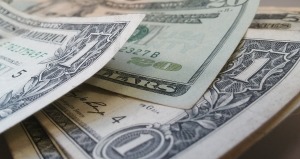
Confusion Is Served
This ruling can mean a lot of change for waitstaff and owners alike, some more than others depending on the format or style of the business’s operating model. Here are some of the issues that come to mind:
- If it’s called a “tip” it’s a tip, right? – Wrong. See the factors above.
- All of the surrounding facts and circumstances must be considered. For example, payment of a fixed charge imposed by a banquet hall that is distributed to the employees who render services is a service charge and not a tip. Thus, to the extent any portion of a service charge paid by a customer is distributed to an employee it is wages for tax purposes.
- Can the restaurant take its “tip credit” on automatic gratuity for employee wages as permitted by the Fair Labor Standards Act (FLSA)? – No, not when automatic tipping, i.e. service charging, is used.
- For example, a restaurant must pay waitstaff who serve large parties at least minimum wage as these employees are no longer “tipped” employees, even if the automatic gratuity is later distributed to them.
- The same would hold true for other restaurant staff such as bussers, runners, hosts, and kitchen staff who may be used to being tipped out or receive additional pay from tip pools.
- See the explanation of the “tip credit” at 29 C.F.R. § 531.59(b); and the the definition of “wage” at 29 U.S.C. § 203(m).
- But it’s common for restaurants to have various seating arrangements, from singles to large groups, and staff serving both customer types. What then? – Exactly.
- It’s next to impossible to attempt to control or account for waitstaff volleying between service to smaller parties that are not subject to a service charge and large groups that are, as the “tip credit” outlined above may only be taken for tipped work. More on this below under Solutions.
- So if these automatic “tips” are passed along properly to waitstaff in the form of taxable wages, couldn’t that impact overtime calculations? – Correct.
- Paid out service charges collected by the restaurant originally in its gross receipts now must be factored into employees’ overtime rates.
- Briefly, what does this mean for possible changes to a restaurant’s payroll and tax reporting?
- FICA Tip Credit – As expected, the credit allowed for restaurants for a portion of restaurants’ Social Security and Medicare taxes paid with respect to employees’ cash tip earnings must be adjusted (likely lowered) to account for any automatic service charges. See this statutory allowance at 26 U.S.C. § 45B.
- Report as gross receipts, and as wages or salaries – Restaurants electing to distribute automatic gratuity to employees must report the service charges as wages (not tips). Furthermore, such paid wages would not be included in the restaurant’s annual tip income filing (Form 8027).

Solutions?
The IRS has spoken. Restaurants, banquet halls, golf courses, diners, and so on struggle to find the right solution for them — what is cost effective for the business, fair to the employees, and appropriate for the customers? Here are some possible solutions:
- Keep automatic gratuities + pay employees at least minimum wage – In this scenario, the restaurant could still charge the same automatic gratuity of 18%, for example, on groups of six or more, for example, then pocket the amount in its gross receipts without paying a portion to the employees. The employees would, in turn, be paid a much higher, flat wage to account for the loss of the traditional flow of that tip onto them, e.g. instead of paying less than minimum wage and relying on tips, you’ll be paid a flat $20/hr and the restaurant will retain the service charges.
- Restaurant – This would provide additional revenue to account for the increased wages paid to the employees, including all the staff from the kitchen to the front door; solves the problem of calculating for serves who perform tipped and non-tipped work.
- Employees – This could mean more wages received in the end and stable income streams. Also, it would reduce the risks of variable tipping by customers or juggling who gets what size tables.
- Customers – Customers may seemingly continue to patronize restaurants with the same expectation of set service charges for groups.
- Question – Would it be more appropriate for restaurants under this method to label its menus and billing as a “service charge” rather than a “gratuity charge”? Or would doing so only cause more confusion, as a customer seeing a “service charge” on a group bill be unsure if the waitstaff is being properly tipped and/or compensated?
- Eliminate automatic gratuities + provide customer with tipping suggestions – In this scenario, the restaurant could eliminate the problems with the new IRS ruling by having no automatic tipping included, thus no IRS recognized service charge is created.
- Restaurant – Simplicity! No complicated calculations or dealing with when or how to pass along the service charge to its employees. Avoid the payroll and tax implications under the new rule.
- Employees – Could be risky. Large parties, groups, banquets and the like would be left to their own discretion. Restaurants keep the same lower hourly wages because tipping remains to supplement wages.
- Customers – Possible confusion? Without the use of automatic gratuity, the whole purpose of the mandatory tip for groups (i.e. larger bills) is lost as patrons may opt not to leave tips in accord with custom and practice. Think: a 20% tip by leaving a $200 tip on a $1,000 check vs. $20 tip on a $100 check.
“Tip Marketing”
Should a restaurant go with door #2 above (no auto tipping), I think it would be reasonable and in all parties’ best interest to establish a suggested tipping strategy, or marketing plan, to have the waitstaff’s backs (including the restaurant staff benefiting from tipping-out by the waitstaff). A common example would be to list the desired tip as the lowest or second-to-lowest suggested amount.
- For example, ditch the mandatory 6+ person group gratuity of 20% for three suggested tip amounts on the bill: 18% 20% 22%
- Guests may feel more comfortable leaving an 18% or 20% tip in such an instance than upon seeing a suggested listing of 15% 18% 20%.
Other thoughts or ideas?
____
@travelblawg
facebook.com/travelblawg
Subscribe in the sidebar!
Disclosure of Material Connection: Some of the links in the post above are “affiliate links.” This means if you click on the link and purchase the item, I will receive an affiliate commission.




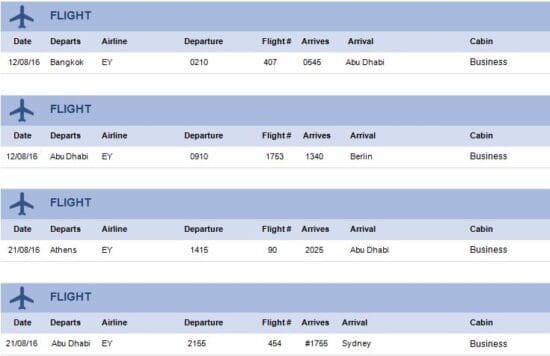
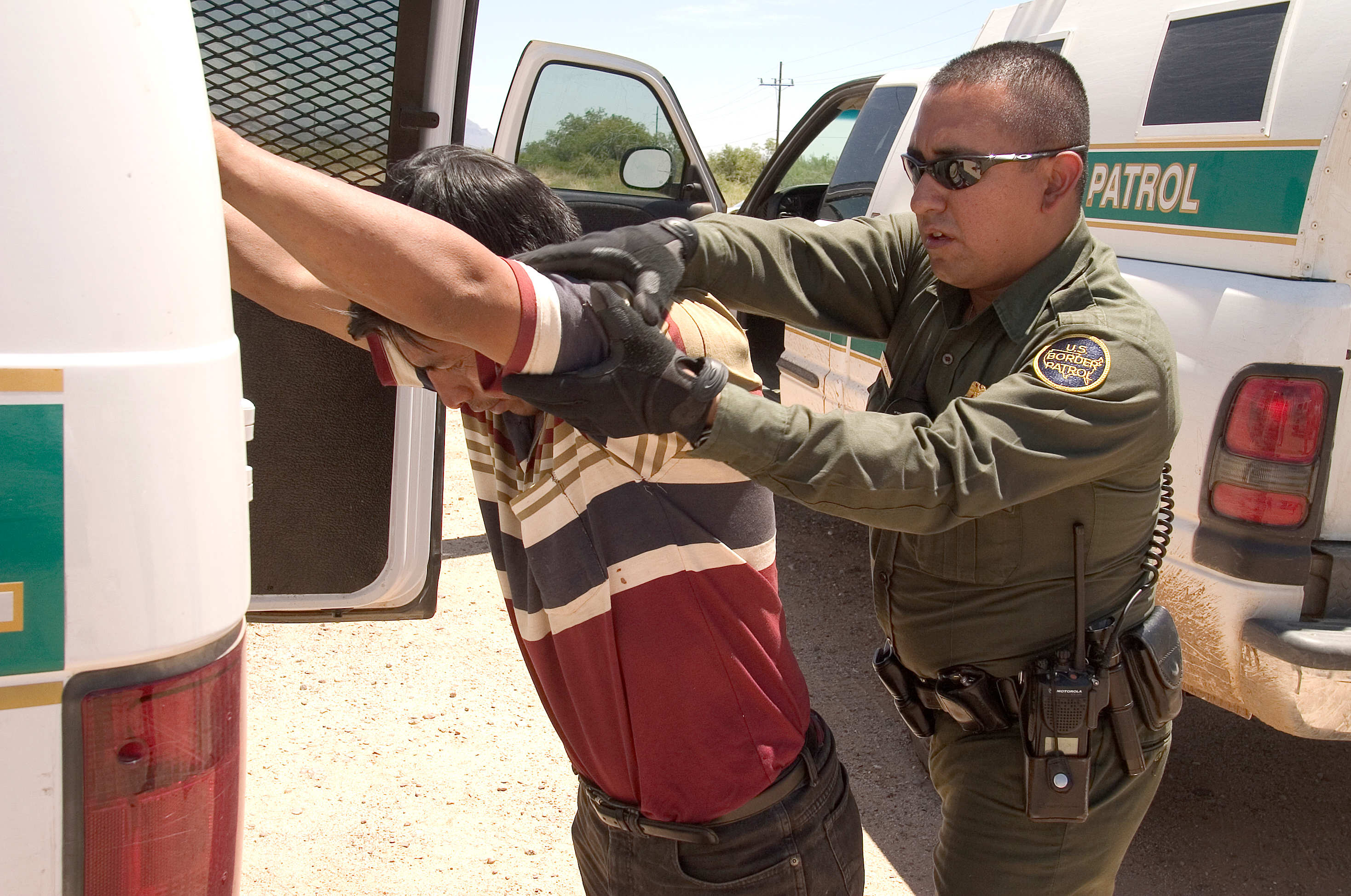

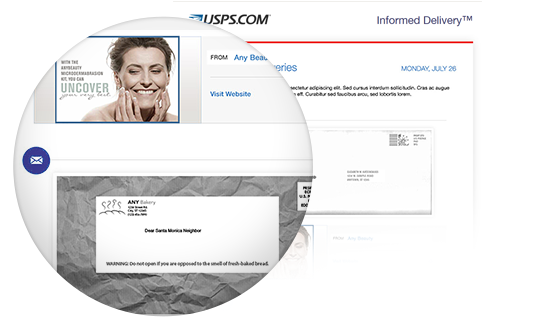
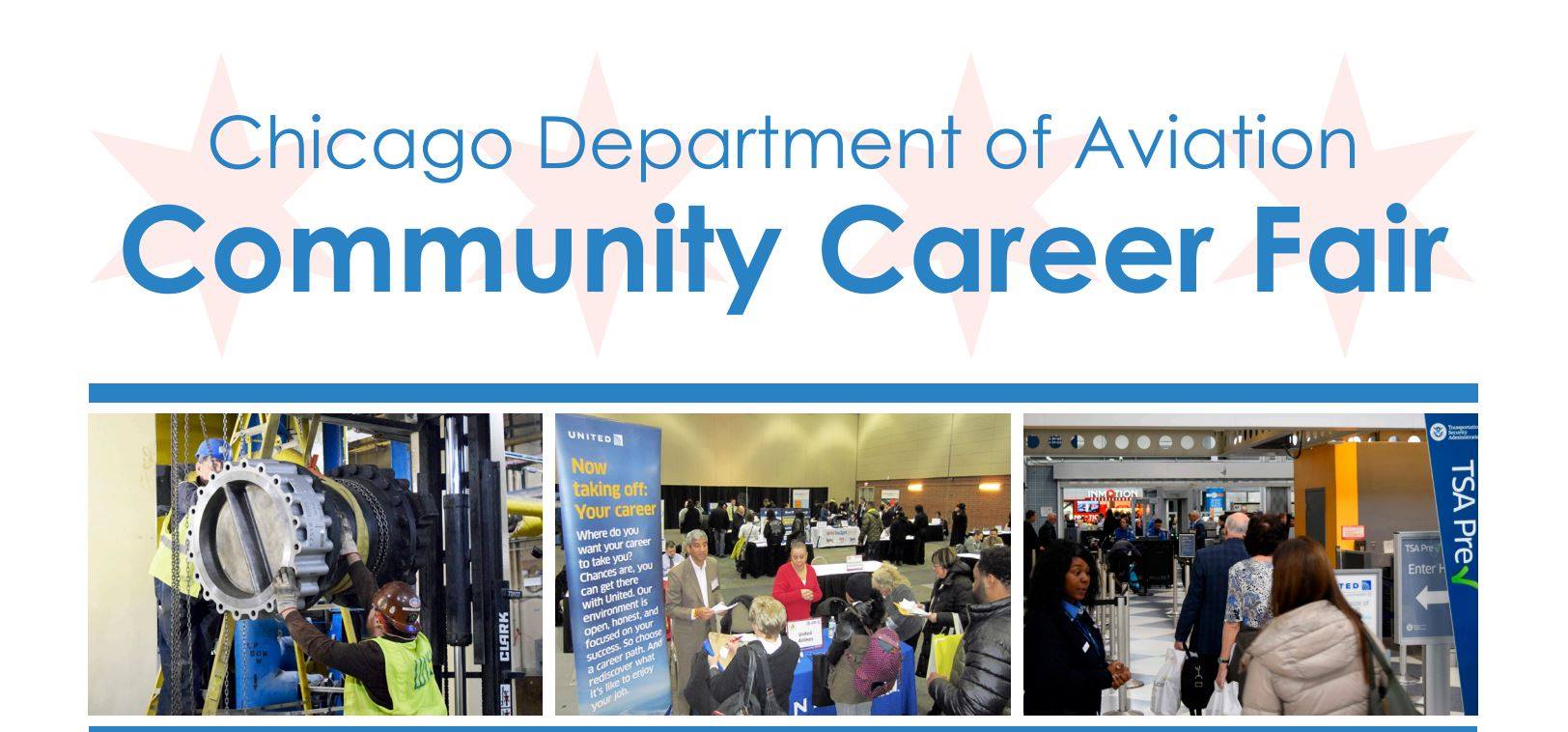


Very interesting – thanks for sharing this
About time too that the IRS has acted. Now it needs to regard all tips as income and require waitstaff to account for them. It’s ridiculous that a) waitstaff are exempted from the minimum wage on the basis that their income comes from tips, yet the tips are not regarded as income and b) such large sums can fall completely outside the tax net.
In your scenario above where waitstaff are paid the minimum wage, then you should expect the level of tips to come way down. Otherwise customers are being robbed – duped into paying huge tips for no purpose. 5-10% only, and that only for exceptional service, would then be the norm.
Thanks for the comment!
Regarding employees’ tips, they remain taxable income to the employee. From the rule change Q&A section:
“All cash tips received by an employee are wages for FICA tax purposes and, therefore, must be reported to the employer unless the cash tips received by the employee during a single calendar month while working for the employer total less than $20. … The employee is liable for the employee share of FICA taxes on the unreported tips.”
I certainly see your second point. Additionally, I can see the flip-side where the employee is only getting minimum wage + no pass-through of the automatic service charge (it’s kept in full by restaurant) + likely no gratuity because customer thinks the service charge IS the tip, when it is not. Thus, waitstaff suffers.
A lot of restaurants in foreign countries outside of usa have a 10% service charge.